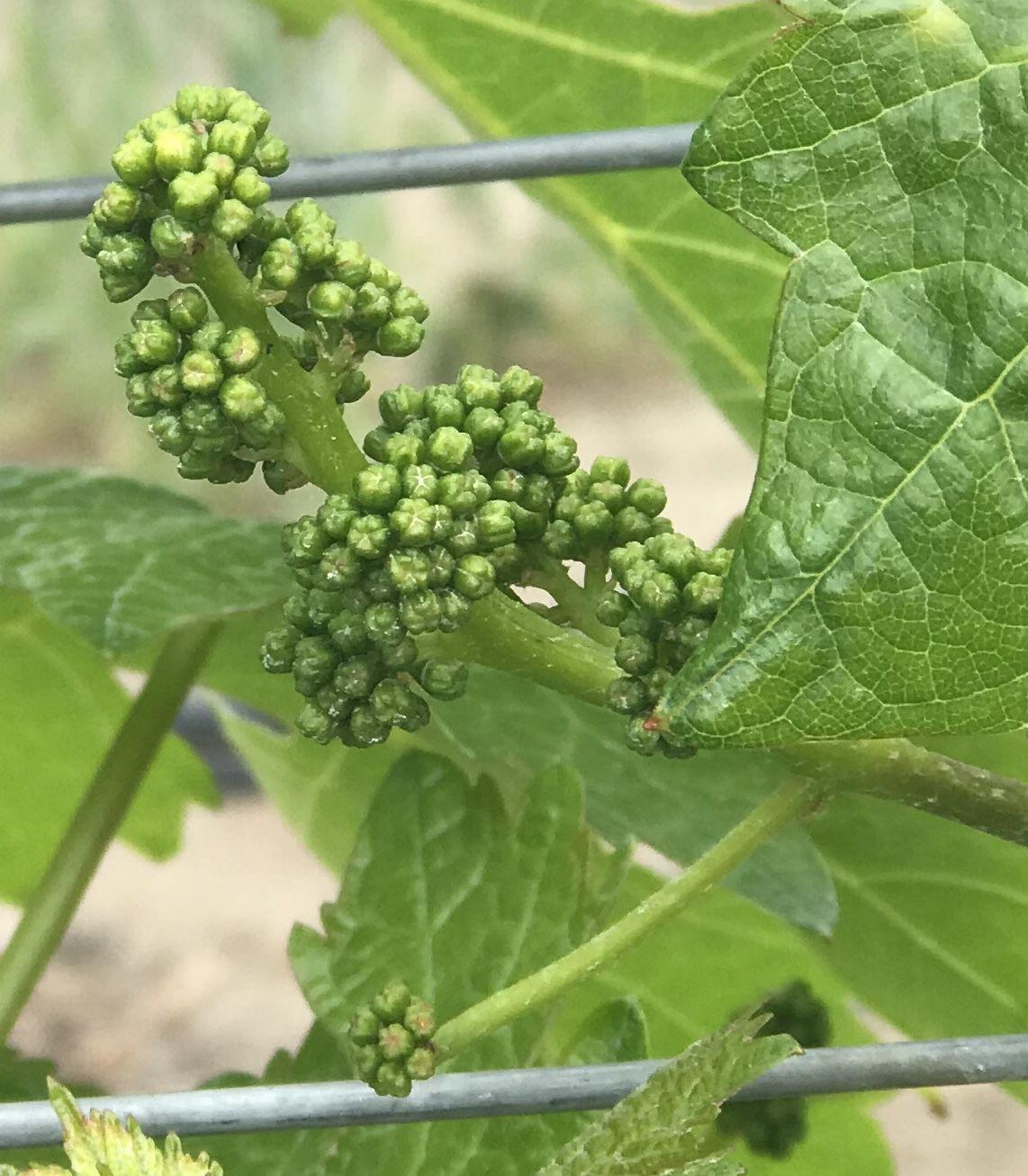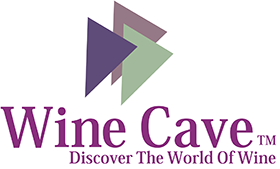
A wine grape grower’s year is marked by milestones, beginning with bud break in the spring and culminating with harvest in the fall. Between these two events, the vines go through bloom, fruit set and shatter, three events that occur within the span of a few weeks.
This is the first time the vineyard tips its hand to reveal its eventual yield.
During bloom, the flowering process begins with the development of tiny green spheres known as a calyptras, or caps. The petal cover, or cap, pops off the flower and bursts out.
These small green balls surround the delicate pollen-carrying parts of the flower. The vines look like they have a tiny, green version of a grape cluster. The clusters serve as a protective package for the future grapes. When the time is right, the caps pop off to reveal small flower clusters. As the flowers open, pollen is released into the air and settles on the grapes.
Once pollinated, each flower transitions to a hard, green berry the size of a pea. Each pea eventually ripens into the grapes we know and love. It is during this time that mother nature can play her hand. If the weather is too hot, too cold or rainy, the flowers will remain closed and won’t be pollinated. Strong winds can also disrupt the process by shaking the pollen from vines. Under these conditions, yields will be low as there are not as many grapes in each cluster.
Generally speaking, harvest begins 100 days after flowering, depending on variety and vineyard site. Currently, the Yakima Valley is just a few days behind last year’s bloom, putting harvest at or around Sept. 9.
A poor fruit set (fewer developed berries) means fewer grapes and a lighter crop. Fruit set is an extremely important stage for wine production, as it determines the potential crop yield. This is the time that growers can begin to sense harvest potential by walking rows and counting how many berries are on each cluster. Yields are estimated later in the season by considering how many berries are on each cluster or vine and how big they are.
After the count, clusters are weighed. This is the “lag phase” of berry development; the berries are expected to be at their final harvest mass. These numbers are crunched with the planting density and acreage of the vineyard. The findings are projected onto the entire vineyard, offering a yield estimate. If the estimate is high, and the vine sets more fruit than the grower can ripen, he or she can adjust by thinning clusters. The goal is to estimate within 5 percent of the final actual yield.
The onset of bloom means the weather is warming and it is time to start looking for light, crisp wines to stock up on.
